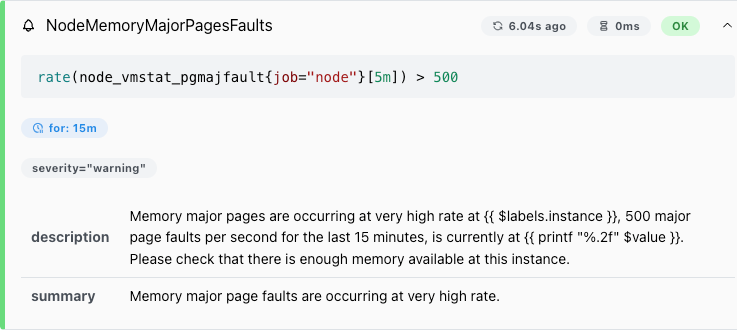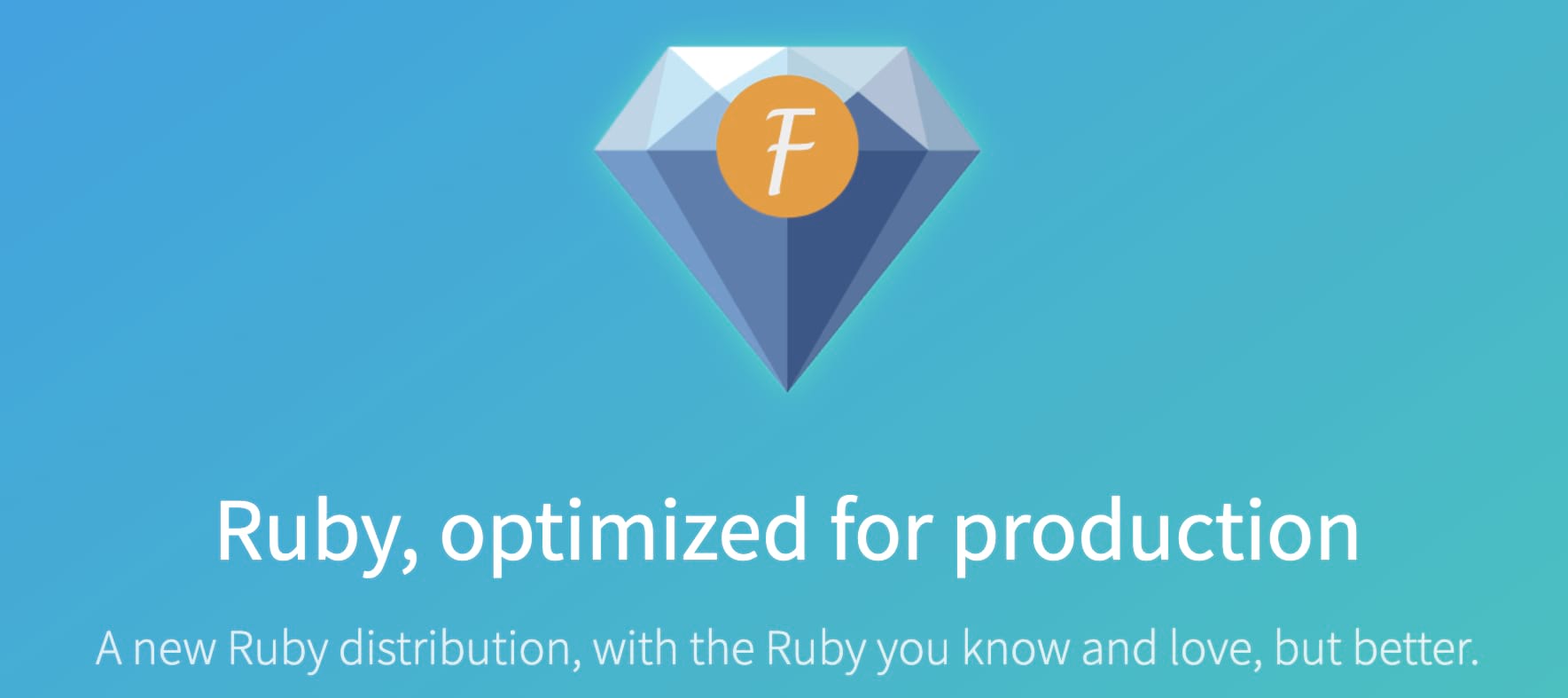Containers are no longer only used on servers. They are increasingly used on the desktop: as CLI apps or as development environments. I call this the "container-as-OS-app" use case. Within this use case, containerized apps often generate files that are not owned by your local machine's user account. Sometimes they can't access files on the host machine at all. This is the host filesystem owner matching problem.
- This is bad for security. Containers shouldn't run as root in the first place!
- This is a potential productivity killer. It's annoying having to deal with wrong file permissions!
Solutions are available, but they have major caveats. As a result it's easy to implement a solution that only works for some, but not everyone. "It works on my machine" is kind of embarrassing when you distribute a development environment to a coworker, who then runs into issues.
This post describes what causes the host filesystem owner matching problem, and analyzes various solutions and their caveats.










